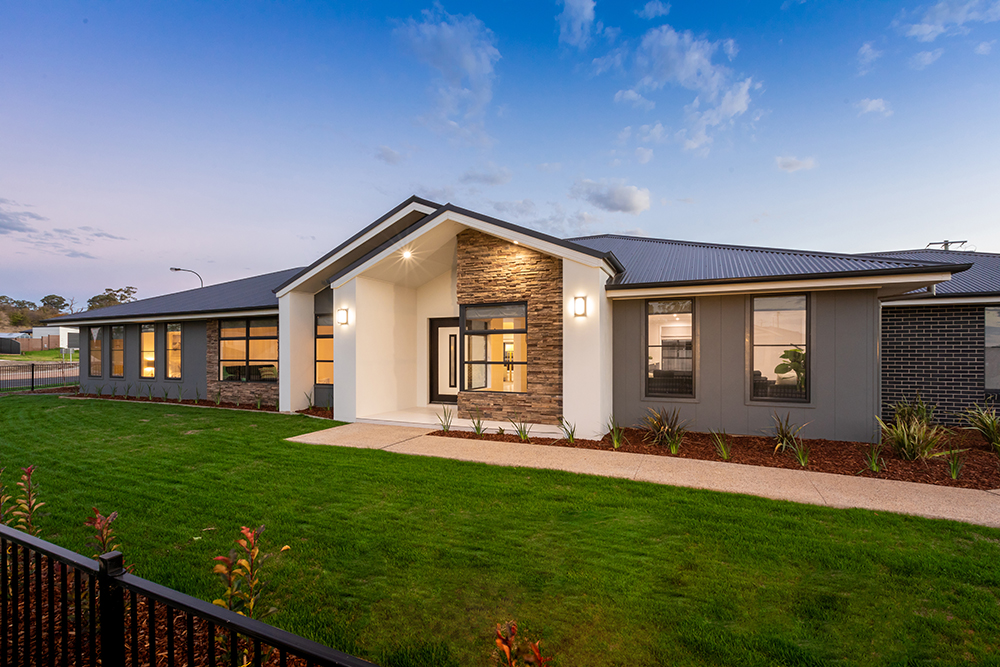Multi-generational Living: Designing Homes for Extended Families

Multi-generational living is becoming increasingly popular in the modern world. It is a lifestyle where families with different generations live together in one home. This trend can be attributed to a variety of reasons, including the rising cost of living, the desire for closer family bonds, and the need to care for elderly relatives. However, designing a home to accommodate multiple generations can be challenging. Here are some considerations to keep in mind when designing homes for extended families.
1. Space Planning
Space planning is the most crucial consideration when designing a home for multi-generational living. The home should be designed to provide adequate space for each generation to have their own private areas while still having shared spaces for family gatherings. The living room, dining room, and kitchen are typically shared spaces, while separate sleeping quarters and bathrooms are essential to maintaining privacy.
2. Accessibility
Accessibility is also an essential consideration when designing homes for extended families. Older family members may have mobility issues, so designing a home with features like wider doorways, accessible bathrooms, and ground floor bedrooms can make a big difference. Additionally, incorporating grab bars, non-slip flooring, and ramps can make the home more accessible for all family members.
3. Flexibility in Design
When designing homes for extended families, flexibility is key. The needs of the family may change over time, so the home should be designed to accommodate those changes. For example, a space that is used as a playroom for young children can be converted into a bedroom for an elderly relative if needed. Additionally, the space should be designed to allow for different family members to have their own personal touches in their living spaces.
4. Storage
Storage is another important consideration when designing homes for extended families. Each generation will have their belongings, and it is important to provide adequate storage space for all family members. Incorporating built-in cabinets, shelves, and closets can help maximize storage space in the home.
5. Privacy
Privacy is crucial when designing homes for extended families. Each generation should have their own private space to retreat to when they need it. Additionally, soundproofing can be incorporated into the design to minimize noise between different living areas.
Multi-generational living is becoming increasingly popular, and designing a home to accommodate multiple generations can be challenging. However, by considering space planning, accessibility, flexibility in design, storage, and privacy, you can create a home that meets the needs of all family members. With careful design considerations, multi-generational living can be a rewarding and comfortable lifestyle for all family members.




